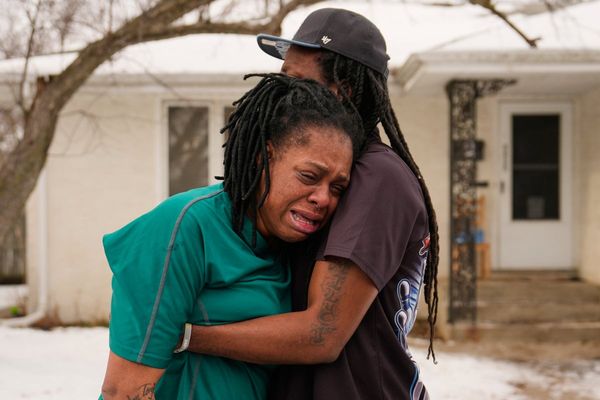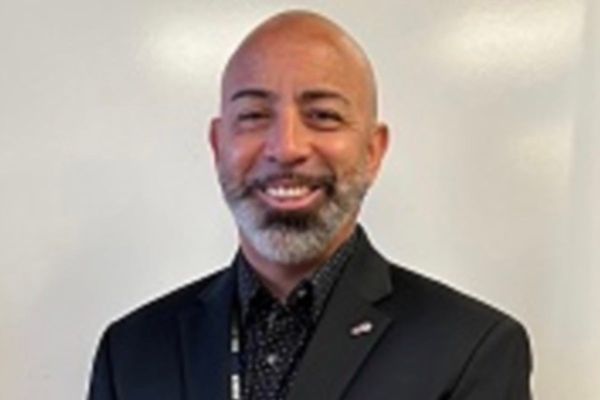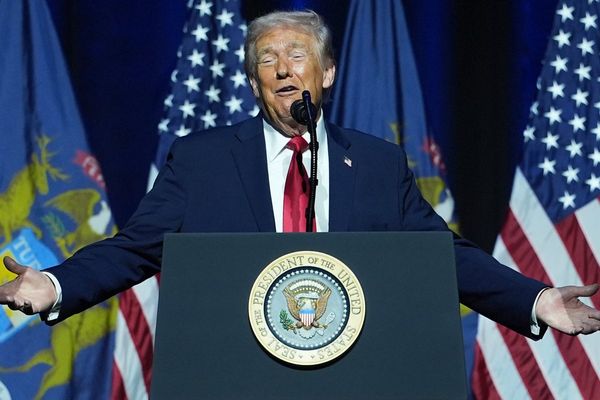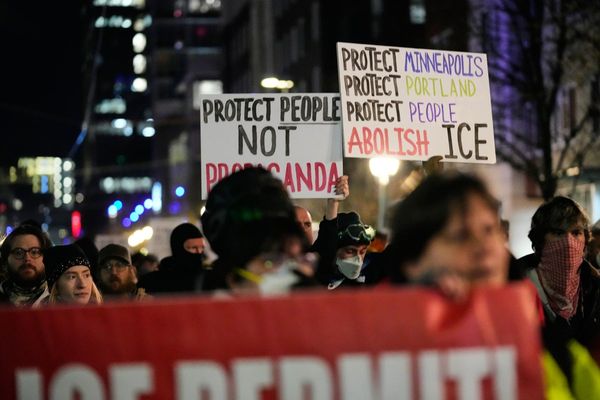
A sitcom viewer flipping channels in the 1990s would have witnessed a range of interpretations of New York City. On Cosby, the follow-up to The Cosby Show, they would have seen a mature Black couple in Queens fighting an inevitable transition into retirement and old age. On the Queen Latifah vehicle Living Single, they would have seen six young Black professionals in the Prospect Heights neighborhood of Brooklyn become family while negotiating coming of age in the big city. On The Wayans Bros, they would have seen an overly proud Black father and his two self-effacing sons somehow running a diner and a newsstand in Rockefeller Plaza despite their cross-generational immaturity.
On NBC’s Friends, however, the view would have been limited to six white people living in a Greenwich Village where almost no people of color existed.
Criticisms of the hermetically sealed Friends universe have long been levelled at its co-creator Marta Kauffman – who, with her college chum David Krane, ran the show from 1994 to 2004. The Friends series finale, which drew 52 million viewers, was the most-watched episode of television in the 2000s. But despite the show’s universal appeal, Friends was regularly assailed for its whitewashing onscreen and behind the camera.

It took until last week for Kauffman to acknowledge her errors. “I’m embarrassed I didn’t know better 25 years ago,” she told the Los Angeles Times, noting the 2020 murder of George Floyd as the turning point in her self-examination. As penance, Kauffman has pledged $4m to establish an endowed professorship in the African and African American studies department at Brandeis University. It was there as a theater major in the late 70s that, Kauffman says, she searched for “liberation” from the antisemitism of her childhood and began thinking more intentionally about oppressed peoples. “Brandeis is where I learned to be a human being,” she said. Her largesse would be so noble if it weren’t underscored by a failure to recognise the true nature of the critique of Friends.
Television in the late 90s assumed its audience was either Black or white. By and large, the sitcoms of the day reflected this siloed worldview at home and in the workplace.
Cosby’s vision of two romantics striving to savor the autumn of their lives was the exceptional New York sitcom about Black people that found a home with white audiences (Cosby’s then pristine reputation and the show being based on the BBC’s One Foot in the Grave helped). But Cosby eventually yielded its place on CBS’s primetime schedule to the starkly white family sitcom worlds of Everybody Loves Raymond and The King of Queens. In ABC’s Spin City, a sitcom about the workings of the city government, the mayor’s office had only three non-white employees. That New York, run first by Michael J Fox, then Charlie Sheen, was a fantasy, too.
Only a handful of network sitcoms resisted the trend of presenting New York as monocultural. CBS’s Becker cast Ted Danson as a cranky Bronx doctor who is constantly annoyed with everything – not least a heterogeneous array of walk-in patients. But he is also routinely checked by his office manager, his best friend, an old high school pal – and none of these people are white.
Seinfeld didn’t just come from a Jewish perspective; it leaned into New York’s diversity – from the iron-fisted Armenian running the trendy neighborhood soup spot to the Johnnie Cochran-like lawyer Jackie Chiles. And even though that show, too, would come under fire for its racial and ethnic stereotyping, more often than not it was the main characters and their staggering lack of awareness that were the butt of the joke. As much as Seinfeld bills itself as a “show about nothing”, really, it was a show about four people reckoning with differences and conventions of all forms – and, in the end (spoiler alert), being sent to jail for getting it all so terribly wrong.

For more inclusive representations of urban life beyond Seinfeld, a TV viewer would have had to flip over to Fox, the WB or UPN – networks that were built by courting the Black viewers the major networks weren’t especially interested in. That’s how Fox’s Martin (an enduring showcase for the standup comedian Martin Lawrence) and UPN’s Moesha (which starred the singer-songwriter Brandi as an LA teenager reconciling her newly blended family) became hits with younger audiences. On the WB sitcom The Parent ’Hood, the film director Robert Townsend played an NYU professor with three kids and an overactive imagination. Even the New York of Fox’s animated comedy Futurama imagined a universe replete with racial and extraterrestrial diversity.
Despite diversity improving in TV comedies, the whiteness of Friends remains a bugbear, just as the show remains a cultural touchstone long after it finished airing. After the 2017 release of his 4:44 album, Jay-Z focused the music video for the song Moonlight on an all-Black version of Friends. (Starring Issa Rae, LaKeith Stanfield and Tiffany Haddish, the video is a beat-for-beat reimagining of the classic episode The One Where No One’s Ready.) In 2020, in an attempt at pandemic relief, the actor Ryan Michelle Bathe wrangled her husband, Sterling K Brown; Gabrielle Union; Uzo Aduba and other famous friends for a Zoom table read of the same episode. In an interview with the Guardian that year, David Schwimmer, who played Ross on Friends, even proposed the idea of “an all-Black Friends”.
And it would be a great idea if it wasn’t such an insult to the legacy of Living Single. Created by the A Different World writer Yvette Lee Bowser, the first Black woman to successfully develop a primetime network series, Living Single debuted in August 1993 – more than a full year before Friends. It was developed by Warner Brothers and shot on the same Burbank studio lot as Friends.
Queen Latifah, who starred as the hustling magazine publisher Khadijah, has said in multiple interviews that Living Single was the show that prompted the former NBC boss Warren Littlefield to develop Friends. In a 2019 Brooklyn Academy of Music panel discussion celebrating 90s TV, Khalil Cain, an actor who worked on Friends and Living Single, noted the huge gap in resource investment, promotion and pay between the two series. At the tail end of their run, the Friends cast broke the bank by collectively bargaining for $1m each per episode. “I never approached any of those numbers,” TC Carson, who co-starred on Living Single co-star, said in a 2020 Vlad TV interview. “They had better craft services. They had better trailers. But that’s kinda what happens in Hollywood. We’re always second tier. I know Yvette created [our] show, and they took that and created another one.”

Kauffman’s effort to make amends should have included recognition of the Black show that came before Friends. It did not. Instead, her apology suggested that her desire to make shows about white bubbles was long in the past.
In reality, Kauffman came back a decade after Friends to make Grace and Frankie. It’s been on Netflix for seven seasons, or nearly 100 episodes. And it’s no better at engaging with the world outside its white cloister now than Friends was back in the 90s.
That’s in spite of the two recurring black characters: Baron Vaughn stars as the uptight lawyer and adopted child of the hippie couple played by Lily Tomlin and Sam Waterston whose given name, Nwabudike, is shortened to something more palatable – “Bud”. As the series progresses, an organic farmer played by the original Ghostbusters star Ernie Hudson emerges as a love interest for Tomlin’s Frankie.
They’re both fine characters – but that’s exactly the problem. Anybody could have played them. Bud’s being adopted is what’s really important about the character. He just happens to be Black. That blind spot doesn’t just reflect poorly on Kauffman; it suggests that her writing and producing teams aren’t getting it any more than they were 30 years ago.
Kauffman is free to give money to whomever she likes. And at a time when critical study of race is under siege, Brandeis will no doubt benefit from her gift. But Kauffman could have used her influence to create the kind of diverse writing room that has led to better sitcoms being more reflective of the worlds they claim to portray. Instead, she chose to keep on perpetuating the whitewashing that Friends and other sitcoms once made so acceptable.







